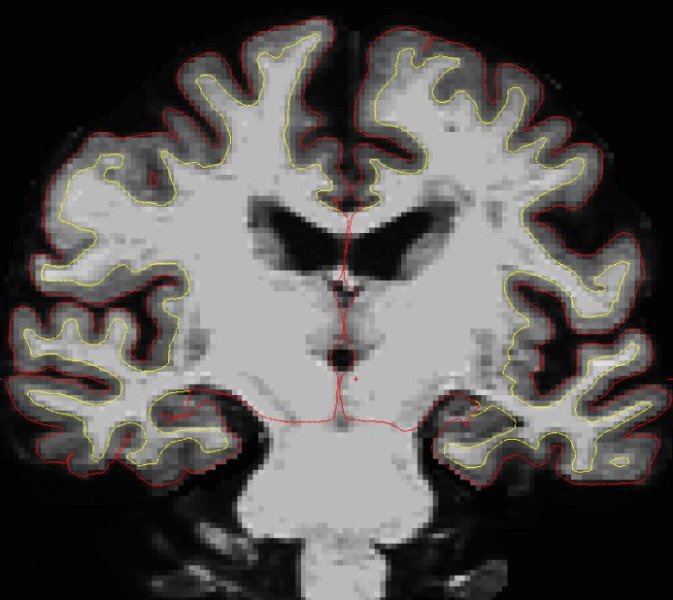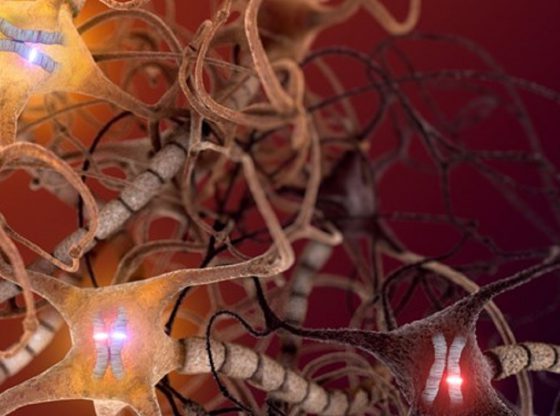There seems to be a difference in how quickly the brain loses volume between the elderly and those who are referred to “super-agers” in a new study.

Brain cells die, the brain gradually reduces in volume, it is called atrophy and is a part of aging.
But there seems to be a difference in how fast this happens between the elderly with an average memory and those people who in a new study are referred to as “super-agers”.
The concept is defined as people over 80 with a memory function that is at least as good as that of an average person of middle age.
The difference between the elderly and the super-agers is clearly evident, the brains of the latter tended to retain more brain volume and typically don’t show the same wear-and-tear as normal agers, and the super-agers lost brain volume at a slower pace than the others.
The researchers from the Northwestern University used magnetic resonance imaging (MRI) to determine the thickness of the cortex over 18 months and the annual percent decline in thickness between the first and second visit for the SuperAgers was 1.06 and 2.24 for the control group.
“Increasing age is often accompanied by ‘typical’ cognitive decline or, in some cases, more severe cognitive decline called dementia,”
– First author Amanda Cook, a clinical neuropsychology doctoral student.
“SuperAgers suggest that age-related cognitive decline is not inevitable.”
This is a small study with just 36 participants overall. 24 super-agers and twelve ordinary elderly. But it does show how a growing trend among researchers to take interest in what can keep us healthy instead of just what can make us sick.
Reference:
Amanda H. Cook, et al. Rates of Cortical Atrophy in Adults 80 Years and Older With Superior vs. Average Episodic Memory. JAMA, April 4, 2017. DOI: 10.1001 / jama.2017.0627











![OpenAI. (2025). ChatGPT [Large language model]. https://chatgpt.com](https://www.illustratedcuriosity.com/files/media/55136/b1b0b614-5b72-486c-901d-ff244549d67a-350x260.webp)
![OpenAI. (2025). ChatGPT [Large language model]. https://chatgpt.com](https://www.illustratedcuriosity.com/files/media/55124/79bc18fa-f616-4951-856f-cc724ad5d497-350x260.webp)
![OpenAI. (2025). ChatGPT [Large language model]. https://chatgpt.com](https://www.illustratedcuriosity.com/files/media/55099/2638a982-b4de-4913-8a1c-1479df352bf3-350x260.webp)








